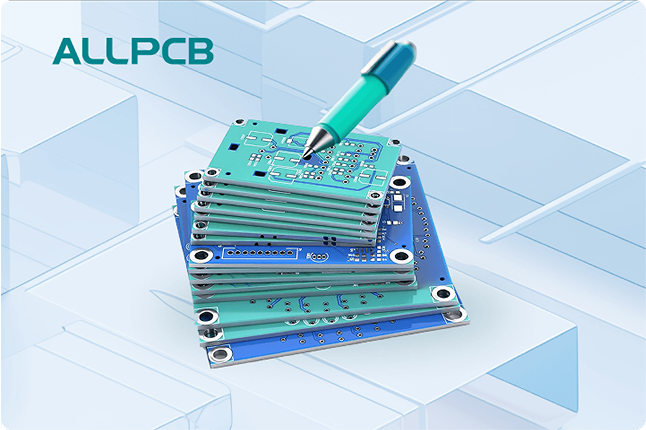When it comes to PCB design, choosing the right copper pour fill type is crucial for performance, reliability, and manufacturability. The two main types—solid copper pour and hatched copper pour—each have unique benefits and drawbacks. So, which one should you use? In short, solid copper pour is ideal for maximizing conductivity and thermal dissipation, often used in power and ground planes, while hatched copper pour is better for flexibility, balanced copper distribution, and specific applications like flexible PCBs or thermal management. This blog dives deep into these copper pour fill types, comparing their features and guiding you through their applications in PCB design to help you make informed decisions.
What is Copper Pour in PCB Design?
Copper pour, also known as copper fill, is a technique in PCB design where large areas of a board are filled with copper to serve various purposes like grounding, power distribution, or thermal management. It’s a foundational element in modern PCB layouts, helping to enhance signal integrity, reduce electromagnetic interference (EMI), and improve overall board performance. Copper pour essentially “floods” unused areas of the PCB with copper, connecting to specific nets like ground or power, or sometimes left unconnected for other design needs.
In PCB design, copper pour fill types primarily come in two forms: solid and hatched. Each type impacts the board’s electrical properties, mechanical stability, and manufacturing process differently. Understanding these differences is key to optimizing your design for functionality and cost-efficiency.
Solid Copper Pour: Features and Benefits
Solid copper pour refers to a continuous, unbroken layer of copper that covers a designated area of the PCB. This is the most common type of copper fill used in modern designs due to its simplicity and effectiveness. Let’s explore its key characteristics and advantages.
Key Features of Solid Copper Pour
- Continuous Coverage: Solid copper pour fills the entire defined area without gaps or patterns, providing maximum conductivity.
- High Current Capacity: It can handle higher currents due to the large, uninterrupted copper area, making it ideal for power planes.
- Effective Grounding: Solid fills are often used for ground planes to create a low-impedance path for return currents, reducing noise and EMI.
Benefits in PCB Design
- Improved Signal Integrity: A solid ground plane minimizes loop inductance, which can reduce noise in high-speed circuits. For example, in designs operating at frequencies above 100 MHz, a solid ground plane can significantly lower signal crosstalk.
- Thermal Dissipation: Solid copper acts as a heat sink, dissipating heat from components like power transistors or ICs. Studies suggest that solid copper layers can reduce thermal resistance by up to 30% compared to sparse copper layouts.
- Simplified Manufacturing: Since it uses a uniform layer of copper, solid pour is easier and often cheaper to etch during PCB fabrication.
Applications of Solid Copper Pour
Solid copper pour is widely used in multi-layer PCBs for dedicated power and ground planes. It’s particularly effective in high-power applications, such as power supplies or motor control circuits, where consistent voltage delivery and heat management are critical. For instance, in a 4-layer PCB, the inner layers are often solid copper pours connected to ground and power nets to ensure stable operation.
Hatched Copper Pour: Features and Benefits
Hatched copper pour, sometimes called a “cherry pie lattice,” consists of a grid or crosshatch pattern of copper lines rather than a solid fill. This pattern leaves gaps in the copper layer, which can be customized in terms of line width and spacing. While less common than solid pour, hatched copper has specific use cases in PCB design.
Key Features of Hatched Copper Pour
- Patterned Structure: The copper is laid out in a grid or diagonal pattern, reducing the total copper area compared to a solid fill.
- Reduced Weight: Less copper is used, which can lower the overall weight of the PCB and balance copper distribution across layers.
- Controlled Thermal Expansion: The gaps in the pattern help manage thermal expansion, preventing warping in certain substrates during manufacturing or operation.
Benefits in PCB Design
- Flexibility in Design: Hatched copper pour is often used in flexible PCBs where a solid layer might crack under bending stress. The grid pattern allows the board to flex without damaging the copper.
- Balanced Copper Distribution: In multi-layer boards, hatched patterns help avoid uneven copper distribution, which can cause manufacturing issues like board warping. For example, a hatch pattern with 50% copper coverage can balance thermal expansion between layers.
- Reduced Parasitic Capacitance: The gaps in hatched copper reduce capacitance between layers, which can be beneficial in high-frequency designs to prevent unwanted coupling. This can lower parasitic effects by as much as 20% in specific RF applications.
Applications of Hatched Copper Pour
Hatched copper pour is commonly used in flexible PCBs, RF circuits, and designs where thermal or mechanical stress is a concern. It’s also applied in scenarios requiring controlled impedance or when balancing copper on both sides of a board to avoid distortion during fabrication. For example, in a flexible sensor PCB, a hatched ground plane ensures the board remains durable under repeated bending.
Comparing Solid vs. Hatched Copper Pour: Which is Better?
Choosing between solid and hatched copper pour depends on your specific PCB design requirements. Let’s break down the comparison across key factors to help you decide.
Electrical Performance
Solid copper pour excels in electrical performance due to its low resistance and inductance. It’s the go-to choice for ground planes in high-speed digital circuits, where return path impedance must be minimized. For instance, a solid ground plane can achieve an impedance as low as 0.1 ohms in high-current paths. On the other hand, hatched copper pour has higher resistance due to less copper, making it less ideal for power delivery but useful in RF designs where parasitic capacitance needs to be controlled.
Thermal Management
Solid copper pour is superior for heat dissipation, acting as an effective heat sink for power-intensive components. Hatched copper, with its reduced copper area, dissipates less heat but offers better thermal expansion control, reducing the risk of board warping under temperature changes. In designs with significant heat cycles, a hatched pattern might prevent mechanical stress better than a solid fill.
Mechanical Stability
In terms of mechanical stability, hatched copper pour shines in flexible PCBs or designs prone to bending. Solid copper can crack or delaminate under stress, while a hatched grid distributes stress more evenly. However, for rigid PCBs, solid copper provides better structural integrity and is less prone to manufacturing defects.
Manufacturing Considerations
From a manufacturing perspective, solid copper pour is simpler to etch and often more cost-effective since it uses a uniform layer. Hatched copper pour requires precise control over the pattern, which can increase fabrication complexity and cost. Additionally, unbalanced copper distribution with solid fills in multi-layer boards can lead to warping, a problem mitigated by hatched patterns.
Best Practices for Using Copper Pour Fill Types in PCB Design
To maximize the benefits of copper pour fill types, follow these best practices tailored to your design needs.
Guidelines for Solid Copper Pour
- Use solid copper pour for ground and power planes in multi-layer PCBs to ensure low impedance and effective noise reduction.
- Ensure proper thermal relief connections for pads to avoid soldering issues due to excessive heat dissipation during assembly.
- In high-speed designs, place solid ground planes directly beneath signal layers to provide a consistent return path and minimize EMI.
Guidelines for Hatched Copper Pour
- Opt for hatched copper in flexible PCBs or designs requiring mechanical flexibility to prevent copper cracking.
- Use hatched patterns to balance copper distribution in multi-layer boards, especially if solid fills on other layers might cause uneven thermal expansion.
- Adjust the hatch density (e.g., 25% to 50% coverage) based on the desired electrical and thermal properties. Lower density reduces capacitance but also conductivity.
General Tips for Copper Pour Design
- Define clear keep-out zones around components and traces to prevent unintended connections or interference with the copper pour.
- Simulate your design for thermal and electrical performance to validate the choice of copper pour type before fabrication.
- Collaborate with your PCB manufacturer to ensure the chosen copper pour type aligns with their capabilities and avoids production issues.
Common Challenges and How to Overcome Them
While copper pour is a powerful tool in PCB design, it comes with challenges that can impact performance if not addressed.
Dead Copper Issues
Dead copper refers to isolated copper areas not connected to any net, which can act as antennas and increase EMI. This is more common with solid copper pour if not properly managed. To avoid this, ensure all copper pour areas are tied to a net (like ground) and remove unconnected copper during the design review process.
Thermal Stress and Warping
In designs with solid copper pour, uneven copper distribution across layers can cause thermal stress during manufacturing, leading to board warping. Using hatched copper pour or incorporating dummy fills (small copper patterns) in low-density areas can balance the copper and reduce stress.
Signal Integrity in High-Frequency Designs
For high-frequency circuits, solid copper pour can introduce unwanted parasitic capacitance between layers. If this is a concern, consider a hatched pattern to reduce capacitance, or strategically place solid pours only where low impedance is critical.
Conclusion: Choosing the Right Copper Pour Fill Type for Your PCB
Understanding the differences between solid and hatched copper pour fill types is essential for optimizing your PCB design. Solid copper pour offers unmatched conductivity, thermal dissipation, and simplicity, making it ideal for power delivery and grounding in rigid, high-speed boards. Hatched copper pour, with its patterned structure, provides flexibility, balanced copper distribution, and controlled capacitance, fitting well in flexible PCBs and designs sensitive to thermal expansion.
By carefully evaluating your project’s electrical, thermal, and mechanical requirements, you can select the copper pour type that best suits your needs. Whether you prioritize signal integrity with a solid ground plane or flexibility with a hatched pattern, thoughtful design and adherence to best practices will ensure a reliable, high-performing PCB. With these insights, you’re equipped to make informed decisions and enhance your PCB layouts for any application.
 ALLPCB
ALLPCB


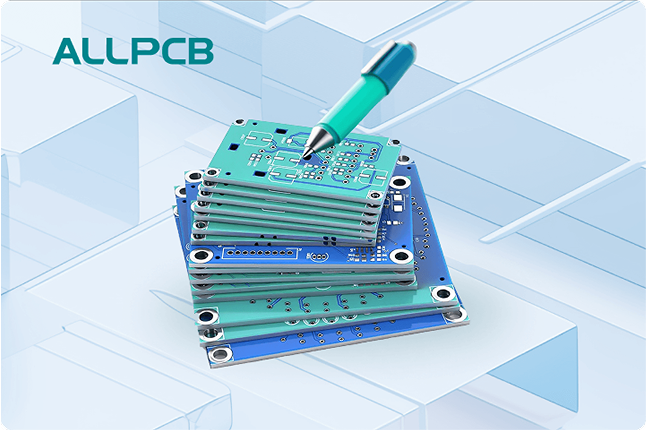
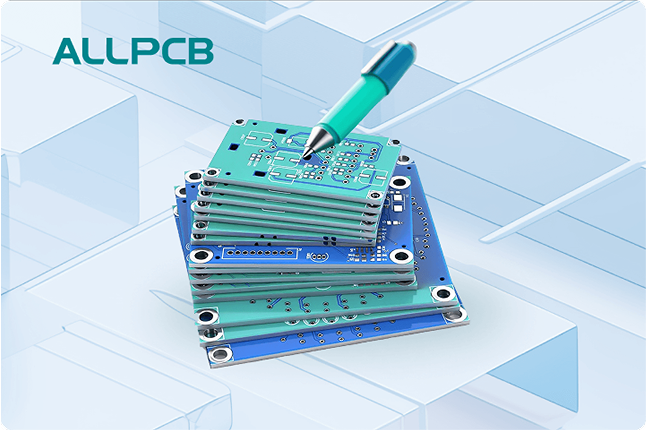
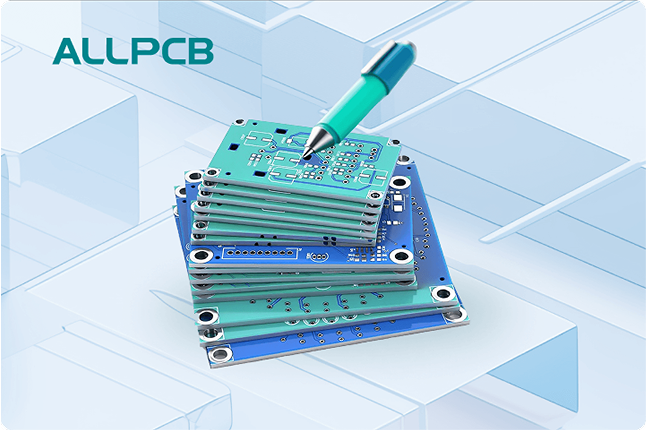
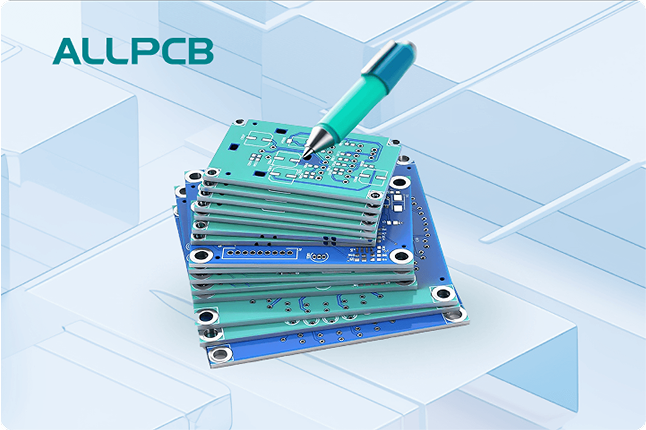
![Troubleshooting PCB Layout Issues: A Systematic Approach with [Software]](https://jpfile1.oss-accelerate.aliyuncs.com/allpcb/articlecover/2025/10/24/2025102409512639197852_pcbdesign.png)
